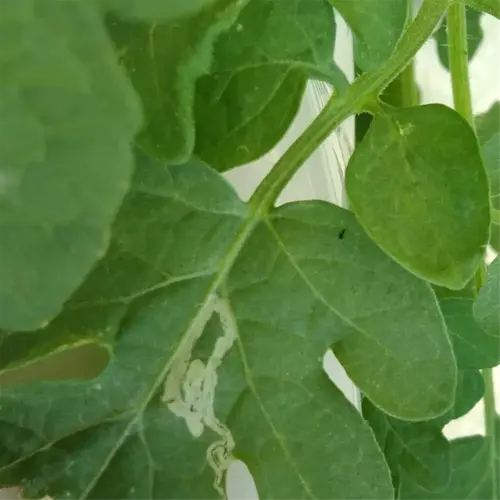What's the ideal soil temperature for beans?

Written by
Julia Anderson
Reviewed by
Prof. Charles Hartman, Ph.D.When it comes to planting beans, the soil temperature is the key to their success. I have dependent upon a few variables of experiments in the past, I have had seeds rot in cold 45°F soil but germinated nicely in warm 65°F soil. Beans germinate fastest at soil temperatures of 60-85°F range, use a probe thermometer, not your guesses. For accuracy, measure the temperature 4 inches deep into the soil over three mornings.
Germination Stages
- 60-65°F: Slow germination (10-14 days)
- 65-75°F: Ideal speed (7-10 days)
- 75-85°F: Rapid growth (5-7 days)
- Above 85°F: Reduced germination rates
Emergency Warming
- Black plastic mulch: +5-10°F in 5 days
- Cloches: +8-12°F for seedlings
- Compost heating: Mix fresh manure 2 weeks pre-planting
- Raised beds: Warms 3-5°F faster than ground soil
Gardeners in the Northern states face a different set of problems. In zone 4, I pre-warm the soil with black landscape fabric as it provides 7 degrees of added warming. Southern growers have to deal with early heat: mulch with straw keeps the soil cool below 85 degrees. Note: Always check the temperature of the soil before sowing.
Seed Treatment
- Soak seeds in warm (70°F) water 4 hours
- Use microbial inoculants for cold resistance
- Plant 1 inch deeper in cool conditions
Equipment
- Soil thermometers cost under $12
- Infrared guns measure surface temps
- Data loggers track 24-hour fluctuations
Do not make these common mistakes. Planting when the air feels warm but the soil stays cold will kill seeds. I lost a crop believing the air temperature during the day was 70°F, but the soil temperature overnight was 48°F. Please measure temperatures at the root depth rather than the surface. Checking consistency is more important than a single temperature reading.
Read the full article: When Plant Beans: Expert Timing for Every Garden

